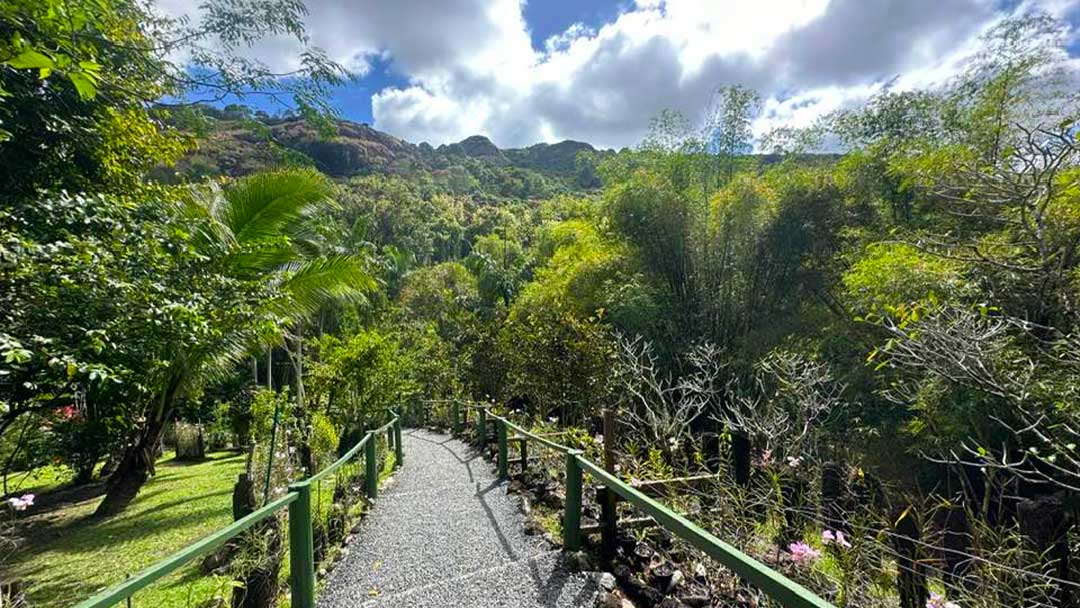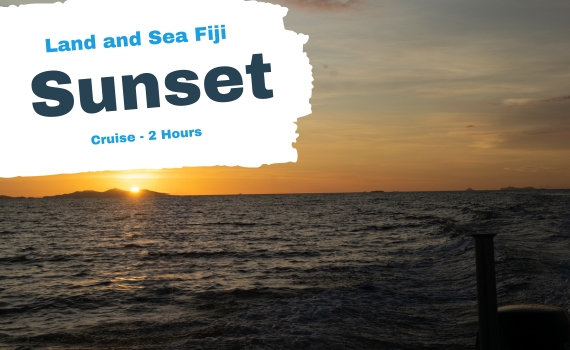
Garden of the Sleeping Giant

Tucked away in the lush Fijian landscape, the Garden of the Sleeping Giant is a breathtaking oasis waiting to be discovered. It is just 20 minutes from Nadi, near the famous Sabeto Mud Pools.
Beauty and Conservation
Established in 1977 by the renowned actor Raymond Burr, this enchanting garden has grown into a celebrated destination for nature lovers and those seeking serenity. With an extensive collection of orchids and a lush tropical setting, it is no wonder that the Garden of the Sleeping Giant has become a must-visit attraction in Fiji.
Revealing the Garden’s Wonders
Key Features
- Over 2,000 varieties of orchids and Cattleya hybrids on display
- A lush rainforest, lily ponds, and serene walking paths to explore
- Canopy-covered boardwalks and expansive lawns perfect for relaxation
Planning Your Visit
Visitor Information
- Open daily from 9:00 AM to 5:00 PM
- Recommended visit duration: 4-5 hours
- Location – Wailoko Road, Nadi, Fiji
- Entry fee required (cash recommended)
- Guided tours available every 30 minutes
Immersing Yourself in the Garden’s Attractions
- Explore the orchid garden and marvel at the vibrant colors and delicate beauty of these tropical flowers
- Discover the peaceful water features, including streams and ponds, that create a soothing atmosphere
- Start on a rainforest walk and experience the sights and sounds of Fiji’s lush vegetation
- Enjoy panoramic views from lookout areas and spot an array of bird species.
Tips for a Memorable Visit
- Visit early morning for the best lighting and fewer crowds
- Wear comfortable walking shoes and bring water to stay hydrated
- Capture the beauty of the orchids and surroundings through photography
- Take advantage of the picnic areas for a relaxing break
The Garden’s Historical Significance
Originally a private collection, the Garden of the Sleeping Giant is now open to the public, playing an essential role in preserving Fiji’s natural heritage. By visiting this enchanting destination, you are contributing to the conservation of the island’s unique flora and fauna.




